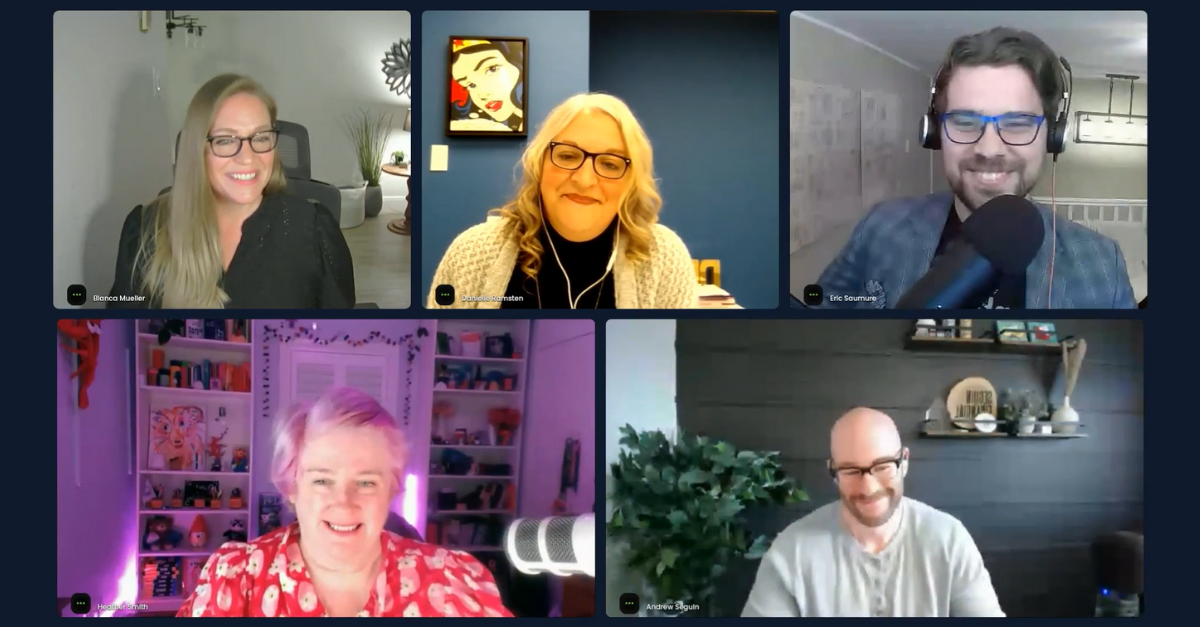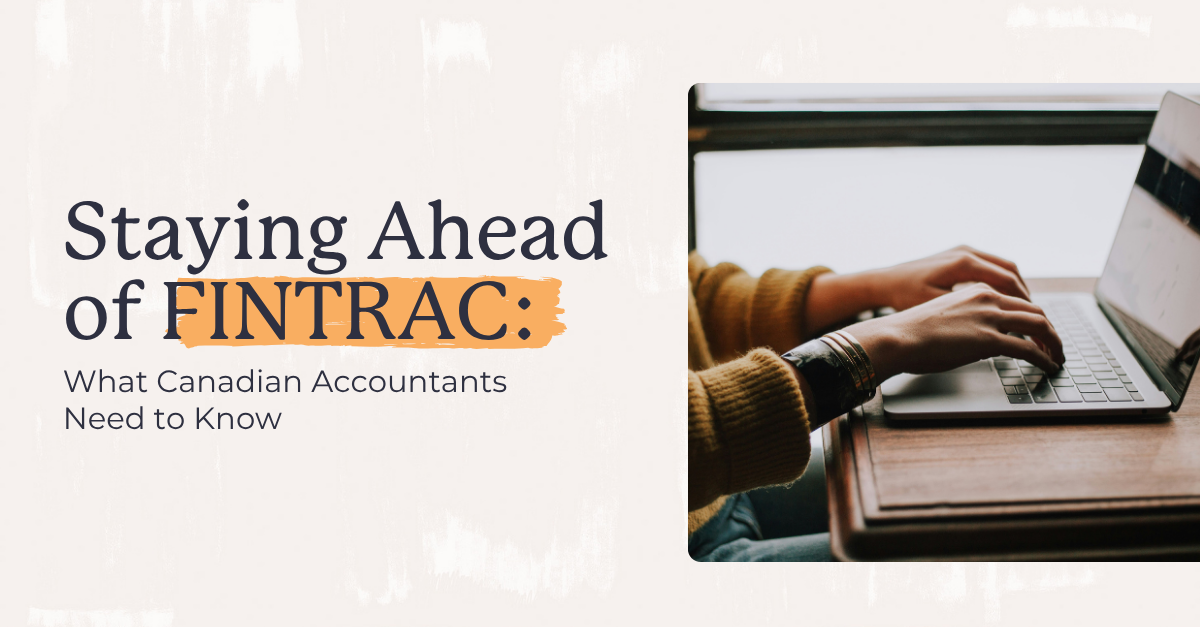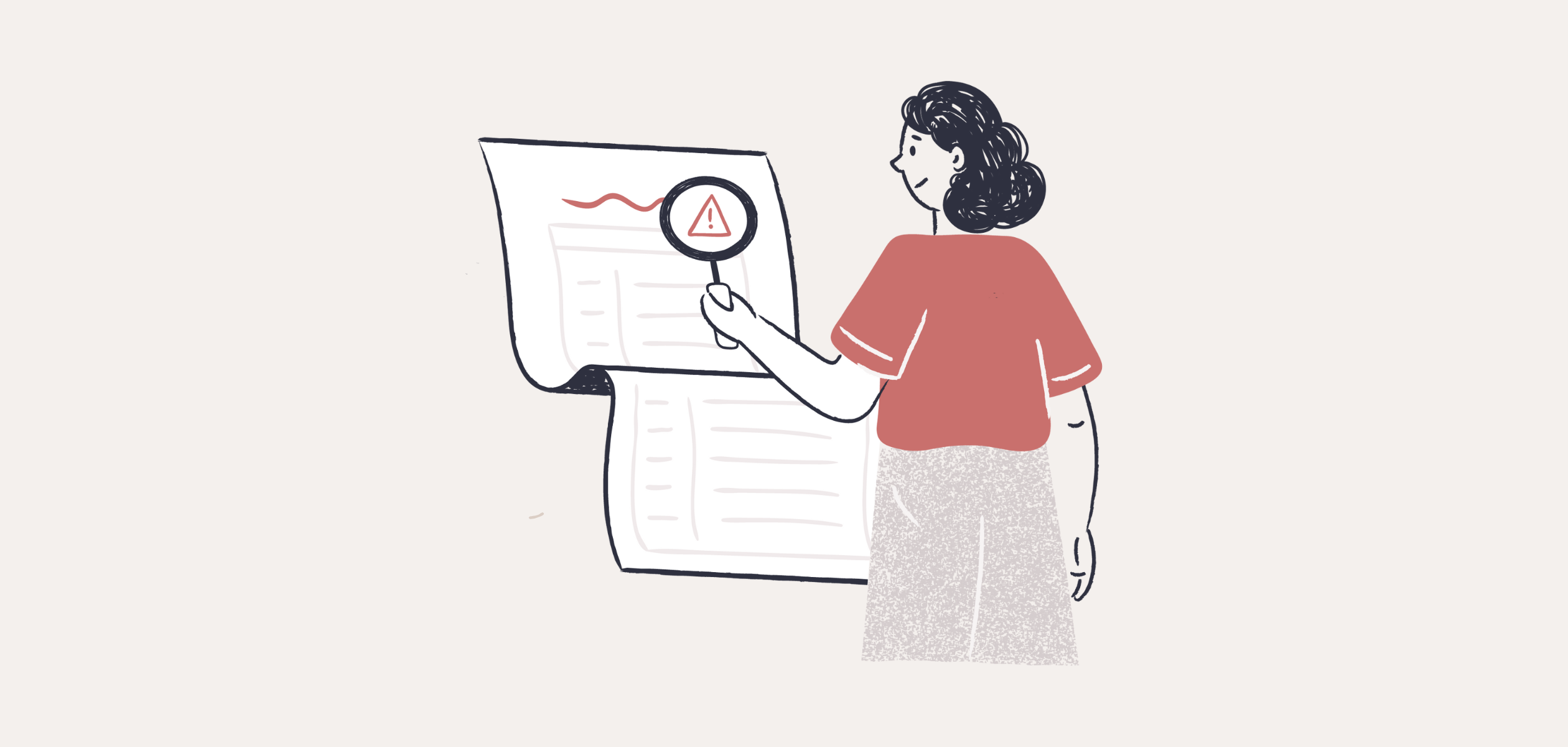Become an insider!
Get our latest payroll and small business articles sent straight to your inbox.
As we head into 2026, payroll is stepping into a bigger role. That means adapting faster, collaborating smarter, and leveraging technology that makes complex work feel simple.
At Wagefest, our annual virtual conference for Canada’s payroll and small business community, Steven Van Alstine, VP of Professional Standards and Education at the National Payroll Institute, shared how payroll is evolving — from shifting compliance frameworks to AI-powered tools and deeper partnerships between payroll, HR, and finance.
“There’s a lot of change happening in regulation, legislation, and in how we actually deliver payroll,” Steven explained. “But I also wanted to touch on some of the other things we’re seeing across the landscape — and how we, as payroll professionals, can adapt to that and look ahead in the best way possible.”
With economic pressures from tariffs and market uncertainty affecting Canadian businesses, Steven’s message was clear: the businesses that thrive won’t just keep up, they’ll use payroll as a strategic advantage.
Payroll’s scope is expanding, and so is its influence
Payroll is no longer a back-office function. It’s becoming a connector between finance, HR, and operations — a data engine that can drive real-time insight and better business decisions.
“Payroll connects with finance and HR,” Steven explained. “There are so many strategic roles payroll can play and partnerships we can build.”
When payroll aligns with other departments, everyone wins. Compliance gets stronger. Risk goes down. Employee experience gets more consistent. It’s not just about balancing the books anymore, it’s about supporting what the business is actually trying to accomplish.
For small businesses, that connection builds trust with your team. For payroll professionals, it’s your ticket to a seat at the table where strategy happens.
How to make it happen
- Start doing weekly 15-minute syncs
Don’t wait for fires to put out. Steven recommends quick, focused check-ins between payroll, HR, and finance, just 10 to 15 minutes once a week. Talk about upcoming changes, people moving around, budget implications, potential issues on the horizon. These tiny investments prevent small problems from turning into big headaches.
- Create shared KPIs everyone cares about
Pick a few performance indicators that matter to payroll, HR, and finance—things like payroll accuracy rate, how long processing takes, or how fast you respond to employee questions. When everyone’s working toward the same goals, collaboration stops feeling forced and starts feeling natural.
- Tell employees what’s coming before it hits their pay
This is especially important for things like CPP2, but it applies to any deduction or benefit change. Getting ahead of questions builds trust and cuts down on the number of “why is my pay different?” emails flooding your inbox.
Compliance is about more than rules, it’s about reassurance
Even as payroll takes on a bigger strategic role, compliance is still the foundation. CPP, QPP, EI, provincial employment laws—they’re all changing and keeping up is essential. But what matters just as much is explaining those changes in a way people actually understand.
“We want to make sure that through legislative change, we’re ensuring compliance for the organization, staying current with that landscape, and proactively communicating and educating employees,” Steven said.
Why proactive communication matters
Getting ahead of changes isn’t just good practice, it prevents confusion and frustration. Take CPP2 as an example of what happens when employees aren’t prepared for changes to their pay.
Here’s the situation: from 2024, higher earners contribute to CPP in two tiers. Once they hit the standard maximum (the YMPE), they start contributing an additional 4% on earnings above that threshold. Sounds technical, but here’s what it means for your employees: that nice mid-year pay bump they used to get when they maxed out their CPP? It might not happen anymore.
An employee earning $82,000 used to max out their CPP contributions by late September (pay period 23 of 26). For the last three pay periods of the year, they’d see a couple hundred dollars more in their take-home pay — no more CPP deductions.
In 2025, that same employee contributes CPP all year long. No break. No bump. And if they were counting on that extra cash in December, they’re going to have questions.
This is exactly why proactive communication matters. When employees understand changes before they see their pay stub, you’re not scrambling to explain. You’re building trust.
For bookkeepers and advisors, that same clarity strengthens client relationships. Compliance keeps you accurate; communication keeps you trusted.
AI and automation are here to help, not take your job
Technology is changing how payroll gets done, but it’s not replacing the people behind it. Steven was clear: automation should handle the repetitive stuff — not take over the responsibility.
“AI is in our vocabulary almost every day,” he said. “We need to be prepared for that and ready for the continual change that we’re already seeing.”
Automation is making things better in areas like reconciliations, remittances, and payroll audits. That frees payroll professionals up to focus on the work that actually requires judgment—things like deeper analysis, accuracy checks, and creating a clear, confident payroll experience for employees.
What AI Looks Like in Practice
Steven shared a fantastic real life example: Amazon implemented robotic process automation (RPA) in their payroll operations. They were dealing with massive volumes of payroll processing, complex tax calculations, and shift work across thousands of employees. As a result they experienced fewer manual errors, faster payroll cycles, and lower processing costs.
Now, you’re probably not running payroll for Amazon. But the principle applies to small businesses too. It means choosing payroll software that automatically catches errors, flags weird patterns, and handles routine reconciliations so you can focus on the exceptions and the decisions that actually need human discernment.
Steven pointed out that AI has actually been part of payroll for a long time, quietly catching fraud and spotting anomalies. The difference now is that these tools are smarter, faster, and way more accessible to businesses of all sizes.
The bottom line for payroll professionals is to understand how these tools work, use them wisely, and stay human in how you apply them. The tech is there to make your judgment better, not replace it.
Payroll skills are evolving, and that’s a good thing
As payroll becomes more strategic and automation handles repetitive work, the skills that matter are shifting. Steven talked about how payroll professionals need to evolve alongside the technology.
The routine stuff—data entry, manual reconciliations, basic calculations—that’s what automation is built for. What’s becoming more valuable is the human skills that technology can’t replicate.
“We’re in an incredible environment of change,” Steven said. “It’s important to look forward and embrace it and to evolve our roles with respect to it.”
What that looks like in practice
Data analysis and interpretation – It’s not enough to process numbers anymore. Payroll professionals who can spot trends, identify anomalies, and translate data into insights are becoming invaluable. What’s the overtime pattern telling you? Where are the red flags in your payroll costs?
AI oversight and judgment – Someone needs to understand how the automation works, catch what it misses, and make the calls it can’t. That’s not going away—it’s becoming more important. Technology enhances judgment; it doesn’t replace it.
Strategic thinking – When payroll professionals can connect their work to broader business goals whether that’s helping with budgeting, supporting workforce planning, or flagging compliance risks before they become problems—that’s when they become indispensable.
For small businesses, this evolution means better insights and fewer headaches. For payroll professionals, it means more interesting work and more influence.
Payroll’s Strategic Role in 2026
Payroll in 2026 isn’t just about getting the numbers right, it’s about connection, adaptability, and strategic value. And in a market where uncertainty is the norm, businesses and payroll professionals that can adapt quickly aren’t just surviving. They’re getting ahead.
Because when people, processes, and technology move together, payroll doesn’t just support the business — it powers it.
These themes were front and centre at Wagefest this year, and Steven’s full session dives even deeper into the shifts shaping payroll in 2026.
Want to explore the full conversation? → Watch on-demand here.
Looking to earn CPD credits for these insights? Canada’s Payroll Collective has you covered → Join here.











